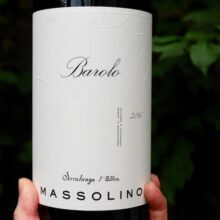
What a way to start DOCG Barolo!
Product information
Massolino Barolo DOCG MAGNUM 2016
$235
$225ea in any 3+
$215ea in any 6+
Closure:
Cork
Stepping up again! Massolino's 2016 Normale is Superb!
Description
An excellent Classico from Massolino with 2016 tannins shinning through with line and length on a core of fruit with great density and length. Red cherry with bags of sophistication in the shape of the palate both fruit and tannins. The tannins are bold and of exceptional quality. Very together and energetic, it draws you in on both nose and palate. There is a lot going on here. This will undoubtedly deliver loads more over time.
Comes in individual wooden box.
Out of stock
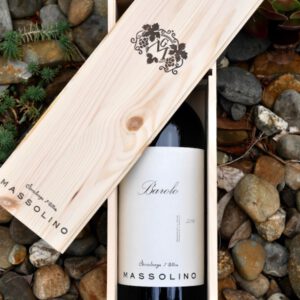




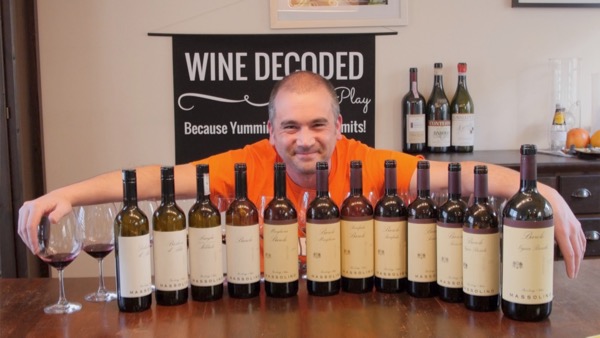
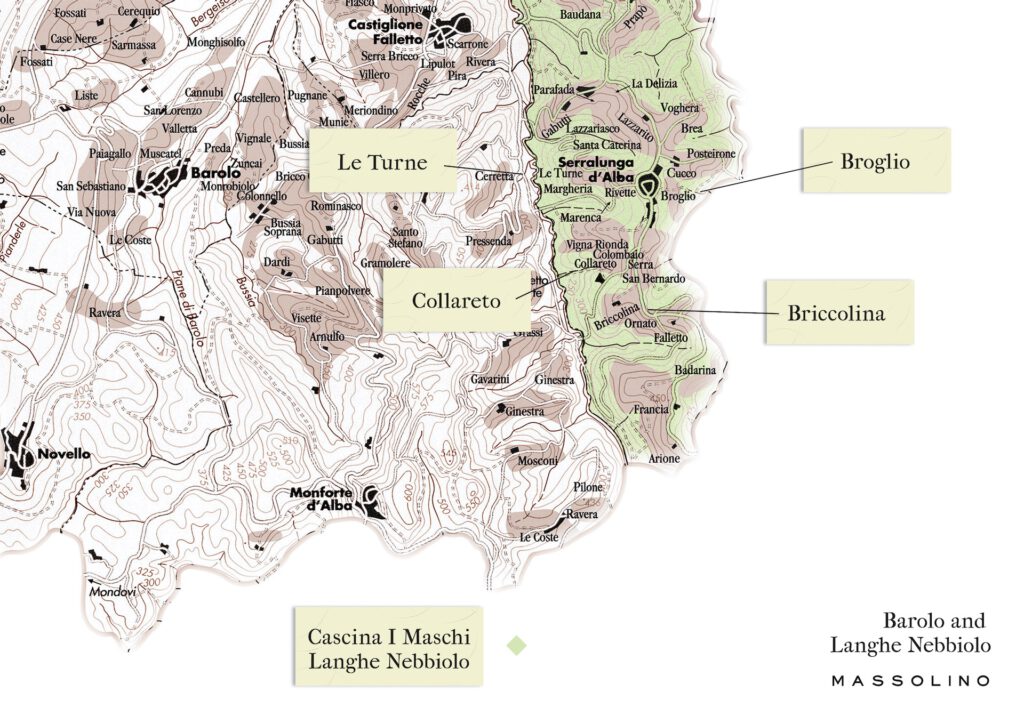
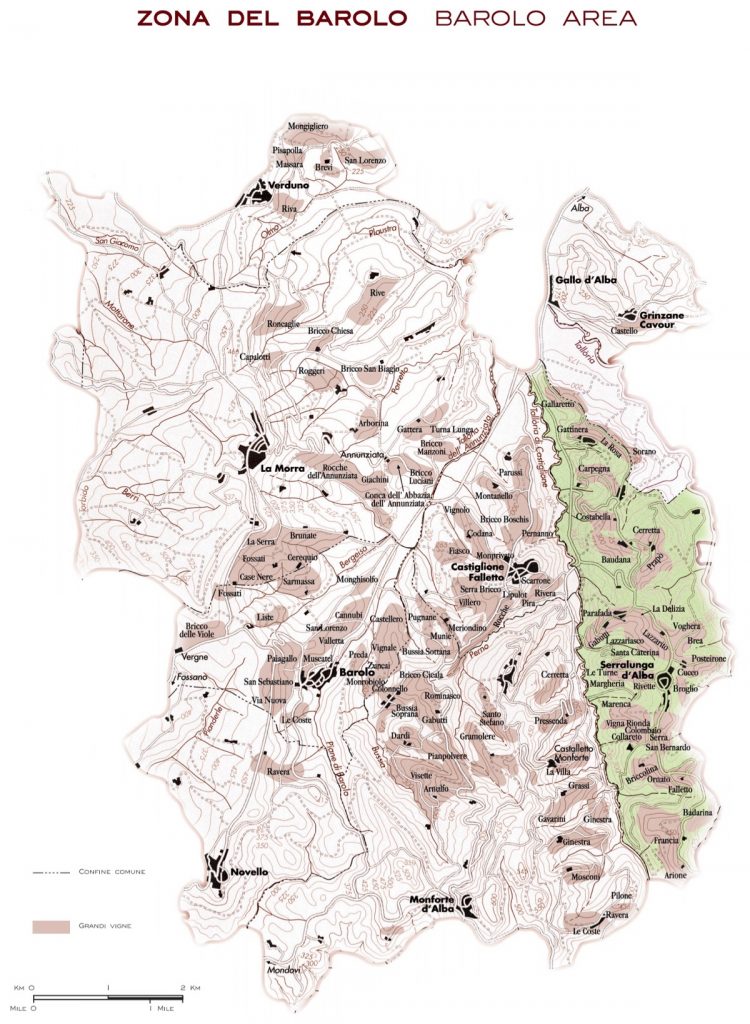

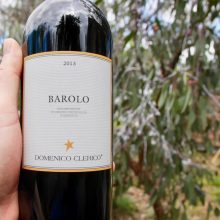
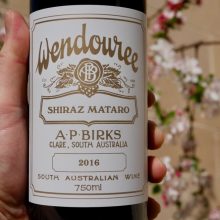
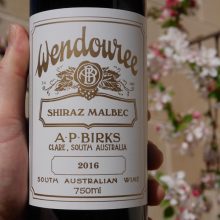
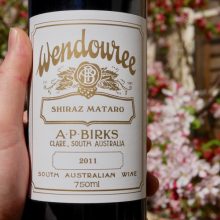
You must be logged in to post a comment.